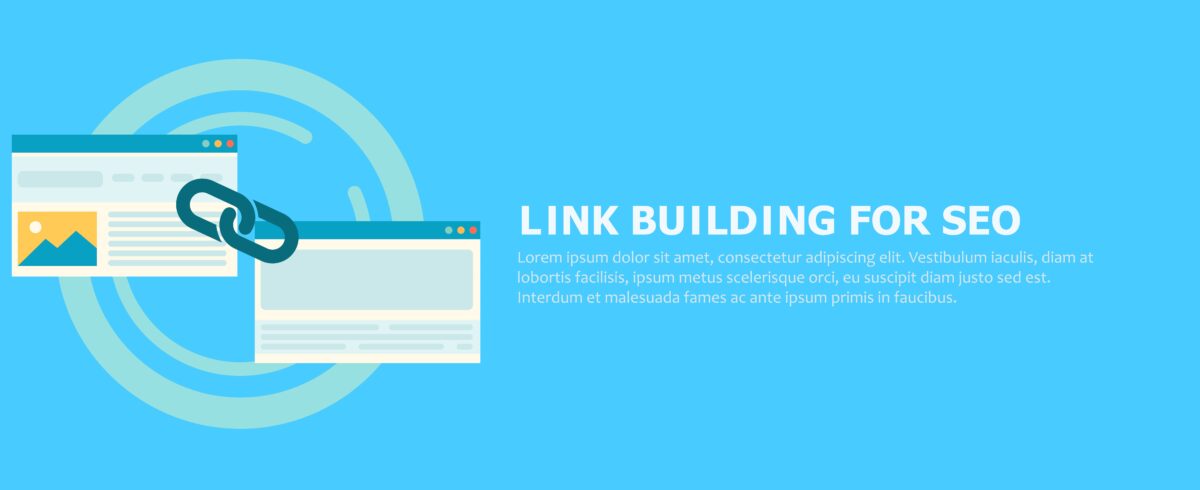There are several ways to increase advertising revenue for your business or website, here are a few:
- Increase traffic to your website: The more visitors you have, the more potential advertising revenue you can generate. Consider implementing SEO strategies, social media marketing, and other tactics to drive more traffic to your site.
- Optimize your website for advertising: Make sure your website is user-friendly and has high-quality content that is relevant to your target audience. This will help attract more advertisers and increase the value of your ad inventory.
- Offer different ad formats: Offer a variety of ad formats such as display ads, video ads, sponsored content, and affiliate marketing to appeal to a wider range of advertisers.
- Build a targeted audience: The more targeted your audience, the more valuable your ad inventory becomes. Use tools such as Google Analytics to understand your audience better and to create targeted campaigns.
- Increase your ad pricing: If you have a significant amount of traffic and a targeted audience, you can increase your ad pricing.
- Look for new advertising partners: Look for new potential advertising partners such as influencers and content creators to reach new audiences and increase your revenue.
- Make use of programmatic advertising: Programmatic advertising is an automated way of buying and selling ad inventory, it can help you to increase your revenue by targeting the right audience at the right time.
- Use A/B testing to optimize your ads: Test different ad formats, placements, and targeting options to find the best-performing ads and increase your revenue.
It’s important to note that increasing advertising revenue is not an overnight process, it takes time, effort and patience, but by implementing these strategies you can increase your chances of success.


